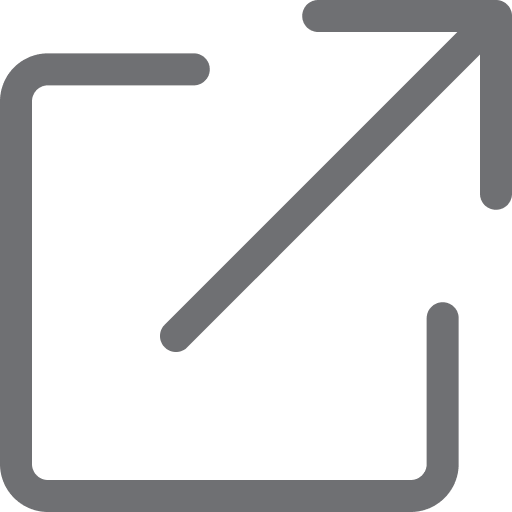This blog post is sponsored by Hardbacon. Read our advertiser disclosure.
There might be times in life when you will need money fast but will not have the funds in your bank account. In those cases, choosing a personal loan can be a good solution, whether you have an unexpected expense or you need money for repairs on your car or your house.
Taking out a personal loan is not something you should do on a whim. Ask yourself the right questions before making a decision. Why do you want to take a loan? How much do you need? How do you want to pay back your loan, and at what rate? It’s also important to understand some essential terms and how they relate to each other. Once you know these key terms, you are in a stronger position to negotiate a loan that may save you money.
Here are 5 financial terms you need to know before taking out a personal loan.
Your creditworthinessBefore deciding to lend you money, lenders will need to assess your creditworthiness. That is, if they can trust you to pay back your loan according to the terms agreed upon. Your credit score is one factor that comes into play when determining creditworthiness. Your credit report also has an impact. It is a summary of your credit history, which includes the debts you owe, your current balances and your payment history. It also includes events such as missed payments and bankruptcies. Some lenders will also look at your income and your expenses in order to determine if you have enough funds to take on additional debt.
Your credit scoreAs mentioned above, your credit score is a measure representing your creditworthiness. In other words, it paints a picture of your capacity to manage your credit and of how risky it is for lenders to make loans to you. Your score is a number between 300 and 900 calculated by credit bureaus; Canada’s main credit bureaus are Equifax and TransUnion. Credit scores range from poor to excellent, roughly in these categories:
Interestingly, in a study conducted by Borrowell, the average credit score in Canada stood at 667 in the first quarter of 2021, just enough to rank in the “fair” category.
Your score is made up from five elements, each weighted differently for the final result:
Your payment history (35%)
Your credit utilization (your credit balances compared to your credit limit) (30%)
The length of your credit history (15%)
Your credit mix (the different types of credit accounts you have) (10%);
The amount of inquiries made on your credit file (10%)
The higher your score, the easier it’ll be for you to access financial products with better terms. On the contrary, a lower credit score makes financial institutions more wary of lending you money. Borrowell’s study showed that those with low credit scores were 432 more likely to miss at least one payment than those with excellent scores. If lenders think that there is a greater risk that you might not make a payment, you may be charged a higher interest rate.
The interest rateThe interest rate is one of the most important measures to consider when you’re looking for a loan. Lenders do not give away money for free, and when you take out a loan, interest is calculated and added to it according to each payment.
The interest rate is expressed as a percentage of your loan and is based on various factors, the first of which is your credit score. The better your credit, the lower the interest rate you’ll get. It’s also based on the type of lender and the type of loan you need.
The interest rate can be fixed, meaning it will stay the same for the duration of the term, or variable, meaning it can fluctuate according to some factors determined by the lender. The best thing to keep in mind is to look for the lowest interest rate possible, so you pay as little as possible.
Annual percentage rate (APR)The annual percentage rate (APR) is another important measure to know how much you will need to pay back to your lenders. Also expressed as a percentage, it represents the yearly cost of taking out a loan. You might be surprised that it can be higher than your interest rate, but that is because it also includes the fees and charges that come with your loan. Unlike the interest rate, the APR is not based on your credit score, but rather on the fees and charges as well as the length of your term.
Your payment termWhen taking out a loan, you also have to decide how fast you want to repay it. The term is really a payment schedule, and It can be expressed in months or in years. Just like the interest rate, the length of your payment term also has an impact on the total amount you will end up paying. If your term is longer, you may pay smaller monthly payments, but you will end up paying more in total at the end of your loan. That is why you should look to take the shortest term possible.
Now that you’ve learned more about these five financial terms, you might want to start shopping around for a loan. There are many tools available to help you find the best lender that matches your profile. Hardbacon’s comparison tool can help you compare loan amounts and APR rates from some of Canada’s top lenders. Borrowell’s app can also help you compare lenders based on your credit health. Whichever tool you use, the five financial terms you’ve learned above can help you apply with confidence.








